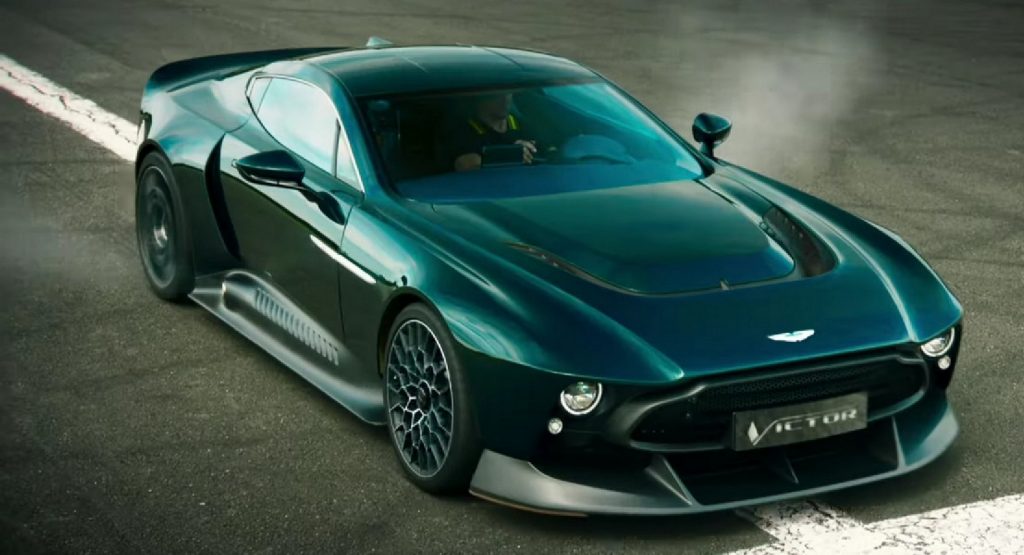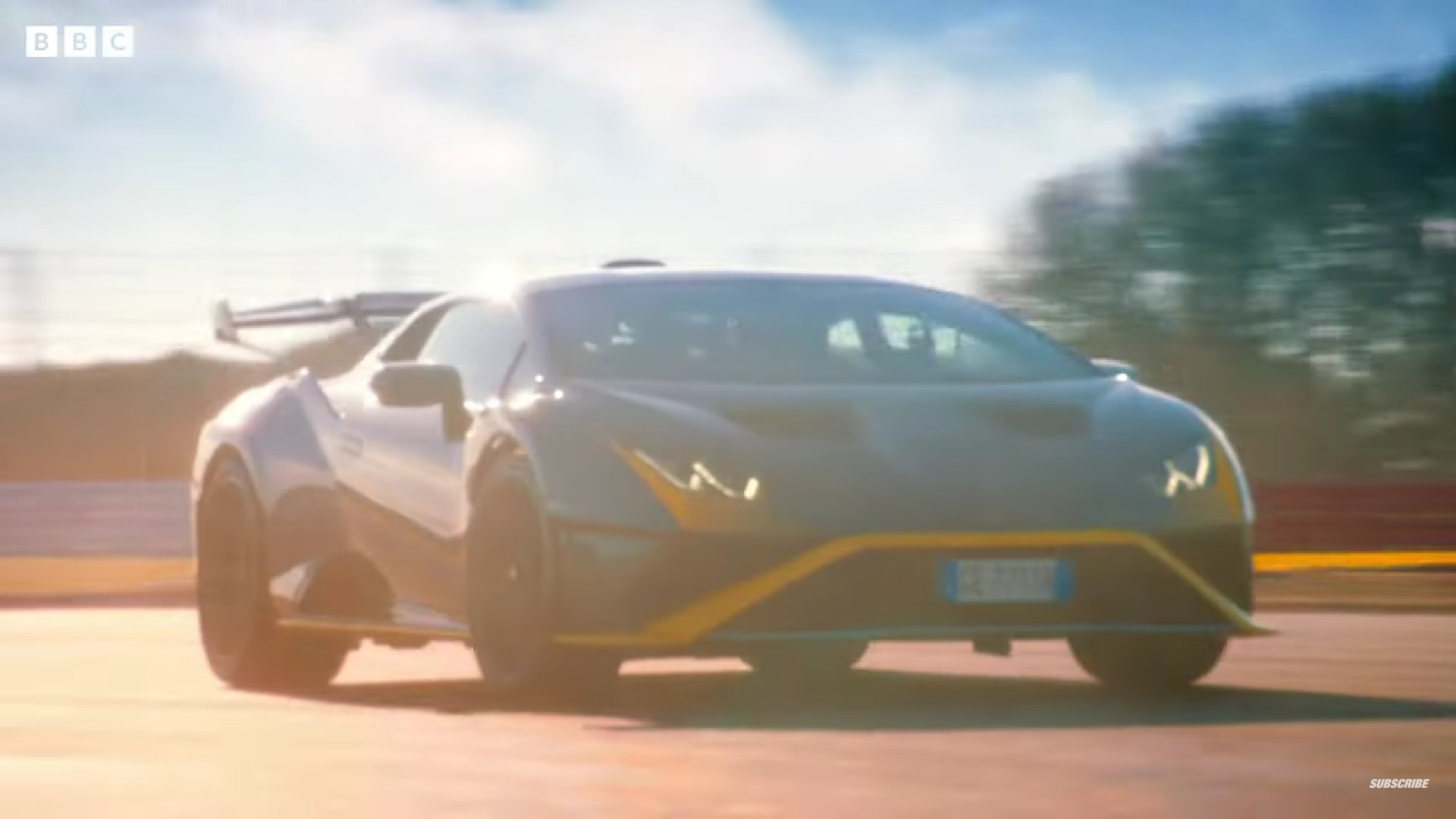It’s very difficult to capture the sensation of speed that a car provides on film. Although it is objectively moving very quickly, a car just looks slow on TV. Top Gear’s series director, John Richards, explains how his crew makes them look as exciting as they feel.
The secret, if there can be said to be just one, is to capture as much movement as possible with the camera. That doesn’t just mean seeing the car moving, it means seeing the landscape move, seeing the camera move, and even seeing it shake.
There are a couple of ways to achieve this, and the first you may be familiar with is called “the joust.” That involves having the camera and the car move towards each other at an offset in much the same way as two knights in a jousting match. The closing speed helps increase the sensation of speed and it means that the camera isn’t simply standing still.
Read Also: How Top Gear Films Its Stunning Static Shots
Side profile shots that show the car in its environment also help. Having been to the Bonneville Salt Flats, I can confirm that it’s very hard to tell how fast a car is going when there’s nothing around it to provide perspective. For Top Gear, adding a little bit of camera shake just helps the shot look even faster.
Getting a camera close to the car also helps but, as you can imagine, that’s hard to do safely. Thanks to drones, robots, and other tricks, it’s becoming easier now to shoot cars from positions that would have previously been too dangerous to put a camera operator.
Moreover, thanks to those technologies the cars can be shot from almost anywhere while also moving and incorporating more dynamism into the frame. And beyond all that, Richards says that the cars are actually just driving very quickly.
“One of the things I’m immensely proud of at Top Gear is that we do things for real,” he explains. “We capture speed for real and we get it in the bag as authentically as we can.”
What really sends it over the top, though, is when you add it all up. With countless shots being edited together quickly to ensure that the cuts match the speed of the car, it’s remarkable how many different shots and techniques combine to form a scene that lasts only a few seconds.
Looking at a scene that lasts just 23 seconds, Richards runs through the shot list.
“Oh, my days! Straight away you’re grabbed: racing drone, shaky cam, handheld onboards, revs, through frame, POV, into up and by, Chris Harris reaction, two jousts, over the shot, chase car, massive drone! I mean come on. Look at that,” he says. “It’s like I’ve just thrown everything I’ve got in the box at that. It is all in there, it is all happening, and yeah. I can’t get enough of it.”





